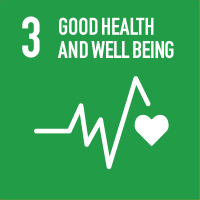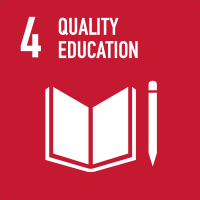Studying at the University of Verona
Here you can find information on the organisational aspects of the Programme, lecture timetables, learning activities and useful contact details for your time at the University, from enrolment to graduation.
Study Plan
The Study Plan includes all modules, teaching and learning activities that each student will need to undertake during their time at the University.
Please select your Study Plan based on your enrollment year.
1° Year
| Modules | Credits | TAF | SSD |
|---|
2° Year It will be activated in the A.Y. 2025/2026
| Modules | Credits | TAF | SSD |
|---|
3° Year It will be activated in the A.Y. 2026/2027
| Modules | Credits | TAF | SSD |
|---|
| Modules | Credits | TAF | SSD |
|---|
| Modules | Credits | TAF | SSD |
|---|
| Modules | Credits | TAF | SSD |
|---|
Legend | Type of training activity (TTA)
TAF (Type of Educational Activity) All courses and activities are classified into different types of educational activities, indicated by a letter.
Pathophysiology applied at Nursing - General pharmacology (2024/2025)
Teaching code
4S000090
Teacher
Credits
2
Language
Italian
Scientific Disciplinary Sector (SSD)
BIO/14 - PHARMACOLOGY
Period
2 SEMESTRE PROFESSIONI SANITARIE dal Jan 7, 2025 al Sep 30, 2025.
Courses Single
Not Authorized
Program
GENERAL PRINCIPLES OF PHARMACOLOGY Definition of drug, medicinal specialty, generic drug, biosimilar, galenic preparation and magistral. Origin of drugs and phases that lead to their placing on the market. Situation of the drug market in Italy. The package leaflet. Off-label use. International classification of drugs. Unit of measurement of drug consumption: Defined Daily Dose (DDD). Symptomatic, curative, preventive and replacement drugs. Differences between the various actions of drugs: systemic or local, direct or indirect, primary or secondary, collateral, immediate or delayed action. Pharmacokinetics: absorption (mechanisms, routes of administration, formulations), distribution (drug-protein binding, vascularization, blood-brain and placental barriers), metabolism and elimination of drugs. Pharmacokinetic parameters (bioavailability, volume of distribution, half-life, clearance). Pharmacodynamics: general mechanisms by which drugs act, concept of receptor, drug-receptor interaction, agonism and antagonism, affinity and intrinsic activity of drugs. Adverse drug reactions and toxicology Clinical risk from drugs: treatment errors and classification of adverse drug reactions. Pharmacovigilance: spontaneous reporting and the role of the nurse. Drug dependence. Embryo-fetal toxicity. Pharmacotherapy Definition of the concepts of risk/benefit and cost/benefit applied to drugs. Definition of the terms “placebo” and “compliance”. Dose, maximum dose, effective dose, posology, therapeutic index. Therapeutic blood levels, blood peak, therapeutic window, accumulation, toxic concentrations. Monitoring of therapy. Interactions between drugs. Variability in pharmacological response: problems of therapy in children, the elderly, and patients with renal or hepatic insufficiency. Anti-infective chemotherapeutics: selective toxicity, spectrum of action, differences between bacteriostatics and bactericidal agents, bacterial resistance. Characteristics and adverse reactions of the main groups of antibiotics, antifungals and antivirals. Nonsteroidal anti-inflammatory drugs and paracetamol.
Bibliography
Didactic methods
Written exam with closed questions with multiple choice answers and/or open questions with short answers, semi-structured questions (e.g. completing a paragraph, building a therapeutic scheme, etc.)
Learning assessment procedures
Modules of General Pathology, Pharmacology, Microbiology, Internal Medicine and Medical Therapy. Written exam with multiple choice questions, semi-structured questions (e.g. paragraph complement, construction of a therapeutic scheme, etc.) of each of the 4 modules that make up the exam.
Evaluation criteria
Sufficient grade (47/78) in all four parts that make up the exam
Exam language
Italiano




